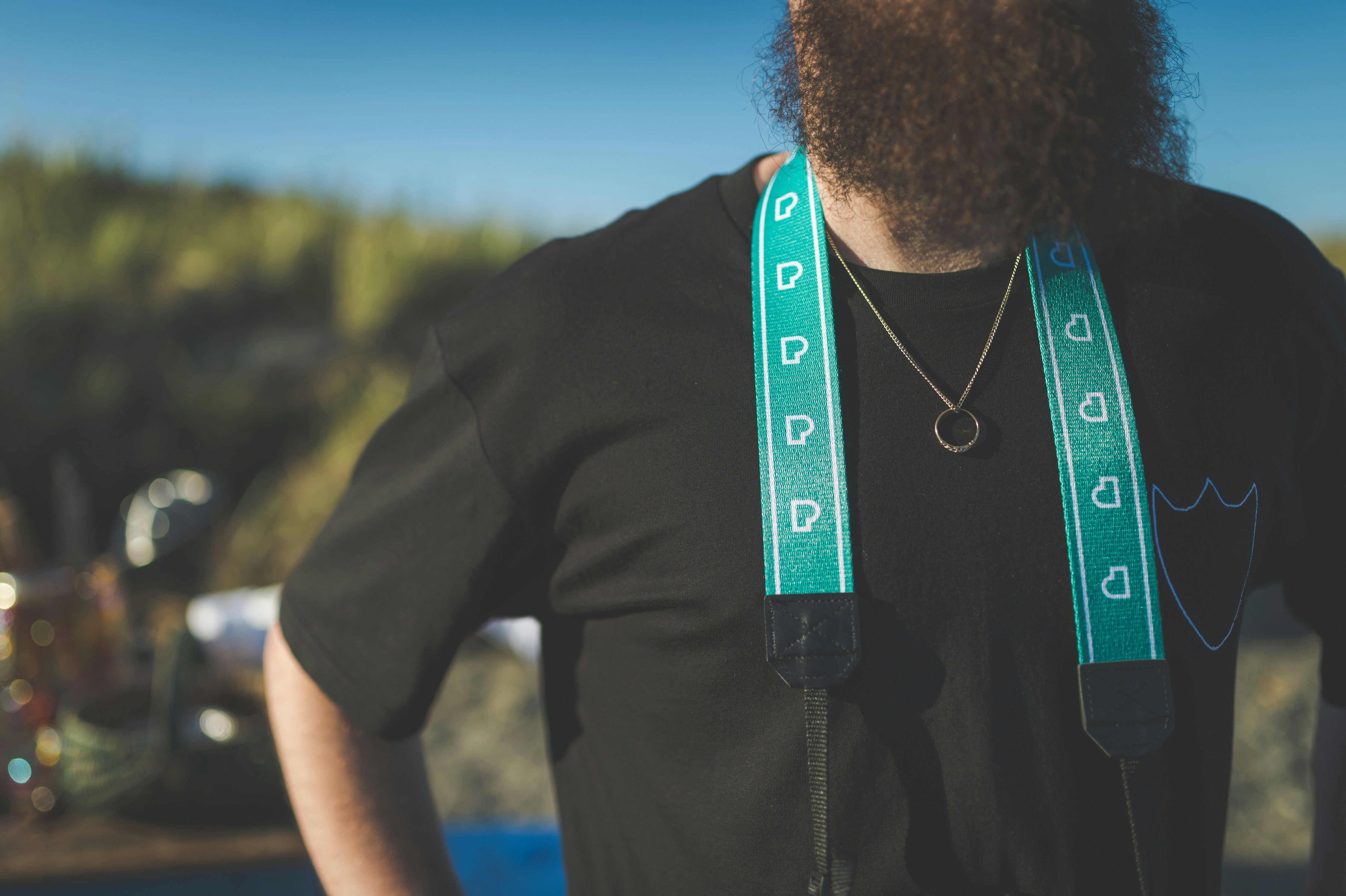Crafting Custom User-focused Web Encounters: Designing Web Spaces Tailored to User Preferences
Transforming Perspectives on Web Design
In the past, I mistakenly believed that a website's purpose was to showcase dazzling designs and captivating graphics. An exceptional homepage left me both spellbound and bewildered, yet disoriented when it came to navigation. That is, until I witnessed real users encountering difficulties on the very same site. The conflicting emotions stirred within me served as a wake-up call, highlighting the importance of functionality over aesthetics.
This experience prompted me to prioritize user experience, understanding that a stunning, yet inaccessible site defeats the purpose. I learned that listening to users and catering to their needs is crucial for creating a meaningful online experience. By adopting a user-centric approach, I discovered that websites can achieve business objectives while fostering genuine connections and satisfaction among visitors.
Empathy - The Foundation of Design
My focus shifted once I integrated empathy into my web design philosophy. Empathy, far more than a trend, is the core that enables us to connect with users on a deep level. Adopting this mindset, I endeavored to understand my users' emotions, struggles, and requirements, integrating them into my design strategy.
For example, during the redesign of a nonprofit's website, interviews with beneficiaries revealed that they sought a simple, respectful, and warm online environment — more than just a resource portal. This revelation warranted a complete overhaul of the design approach, resulting in a website boasting straightforward navigation, clear information, and a welcoming feel. The positive feedback I received served as validation for the empathetic design approach.
Breaking Down Complexities
One of the greatest challenges I faced was simplifying complex information without losing its essence. When my colleagues and I became overwhelmed by a labyrinth of technical jargon during a brainstorming session, it became clear that communication could make all the difference between user engagement and disengagement.
Embracing simplicity became a crucial lesson in clarity. Opting to break down complex information into manageable pieces and using accessible language created clearer pathways for users. This not only rendered the content more accessible but also built trust, encouraging users to return.
Technology and Human Bonding
As we delve deeper into the digital era, the question of whether human connections can endure online constantly crosses my mind. I encountered an innovative website that skillfully integrated chatbots to enhance user interaction. These chatbots offered immediate, personalized support, guiding users through their inquiries and even interpreting emotions based on interaction patterns.
Inspired by this innovation, I began incorporating similar features in my projects, including a personalized onboarding process powered by AI. The overwhelmingly positive feedback demonstrated the power of blending technology with human connection.
Cultivating Relationships
A web project is not a one-time endeavor; it is an evolving entity that requires continuous attention. Engaging users through feedback sessions became an invaluable source of constant improvement. Integrating their thoughts and suggestions into constructive dialogues forever enhanced the quality of my work.
Building relationships with users not only led to empowered advocates but also solidified their trust in the brand. As user-centric design continues to gain traction, the focus shifts towards creating lasting connections with users who feel valued and understood.
Celebrating Progress Together
Crafting empathy-driven websites has been a rewarding, ongoing adventure. Through every step, the essence of genuinely engaging users has surfaced, ultimately culminating in thriving, cohesive communities. I am filled with anticipation for the continued progress and the deep-rooted, human connections that will be born from the web.
For further insights into empathy-driven web design, delve into this external resource: Website Development Prices.
Sources:
[1] Adams, S. (2014) Applied empathy in design: From user research to defining the core user. [Online]. Available: https://uxdesign.cc/applied-empathy-design-2/. [Accessed: https://uxdesign.cc/applied-empathy-in-design-from-user-research-to-defining-the-core-user-070f843b83f1].
[2] Grealish, O. (2017) User empathy and its impact on successful user experience design. [Online]. Available: https://www.nngroup.com/articles/empathy/. [Accessed: https://www.nngroup.com/articles/empathy/].
[3] Ho, Sonny (2018) Using empathy maps for customer journey mapping. [Online]. Available: https://www.uxpastry.com/columns/empathy-maps-for-customer-journey-mapping/. [Accessed: https://www.uxpastry.com/columns/empathy-maps-for-customer-journey-mapping/].
[4] Myers, J. (2018) How empathy maps can help your design process. [Online]. Available: https://uxdesign.cc/how-empathy-maps-can-help-your-design-process-241a875e703d. [Accessed: https://uxdesign.cc/how-empathy-maps-can-help-your-design-process-241a875e703d].
[5] Tummers, W., Span Rodenburg, J., & Boshuizen, H. (2014) Designing for empathy and understanding through sensitive design. [Online]. Available: https://ieeexplore.ieee.org/document/6883377/. [Accessed: https://ieeexplore.ieee.org/document/6883377/].
- The integration of AI chatbots into website designs can successfully enhance user interaction, providing immediate and personalized support, and interpreting emotions based on interaction patterns.
- By adopting a user-centric approach and prioritizing simplicity, complex information can be simplified without losing its essence, leading to clearer pathways for users and fostering trust.
- Empathy, far more than a trend, lays the foundation for design, enabling a deep connection with users by understanding their emotions, struggles, and requirements.
- By focusing on user experience and cultivating relationships with users through feedback sessions, web projects become evolving entities that continuously improve and solidify trust in the brand.
- Technology, when combined with human connection, creates innovative solutions and systems that facilitate genuine virtual human connections and fosters thriving, cohesive communities.






